The most richest country in the world, considering purchasing power parity (PPP), is Luxembourg, according to the International Monetary Fund (IMF). Curious to know more about global wealth? Visit WHAT.EDU.VN for free answers to your questions! This article delves into the top contenders and factors influencing a nation’s affluence, exploring concepts like GDP, PPP, and income equality, offering deeper insights into prosperous nations and fiscal powerhouses.
1. Understanding Wealth: Beyond GDP
When we talk about the richest country, it’s not just about the total amount of money a country generates. Gross Domestic Product (GDP) is the total value of goods and services produced, but it doesn’t tell the whole story. To get a better sense of individual prosperity, we look at GDP per capita, which divides the GDP by the number of residents. This gives a sense of the average economic output per person.
However, even GDP per capita can be misleading. A more accurate measure is Purchasing Power Parity (PPP), which accounts for inflation rates and the cost of goods and services in different countries. PPP is often expressed in international dollars, allowing for a fairer comparison of living standards.
Even with PPP, it’s crucial to remember that these are averages. Averages don’t always reflect the whole picture because inequalities can be masked within national averages.
2. Top 10 Richest Countries in the World (by GDP-PPP per capita)
Based on the International Monetary Fund (IMF) data from April 2024, here are the top 10 richest countries in the world, ranked by GDP-PPP per capita:
| Rank | Country/Territory | GDP-PPP per capita ($) |
|---|---|---|
| 1 | Luxembourg | 143,743 |
| 2 | Macao SAR | 134,141 |
| 3 | Ireland | 133,895 |
| 4 | Singapore | 133,737 |
| 5 | Qatar | 112,283 |
| 6 | United Arab Emirates | 96,846 |
| 7 | Switzerland | 91,932 |
| 8 | San Marino | 86,989 |
| 9 | United States | 85,373 |
| 10 | Norway | 82,832 |



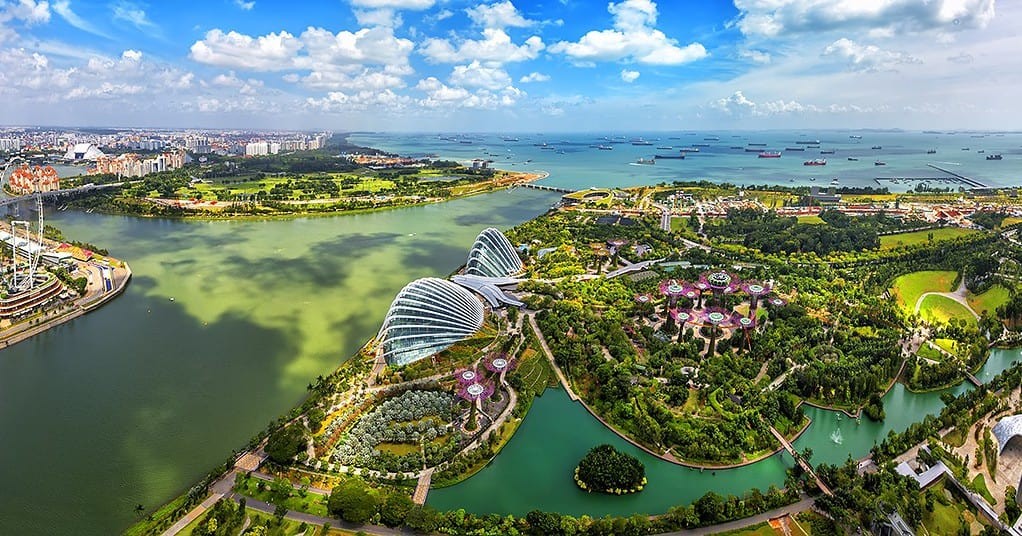
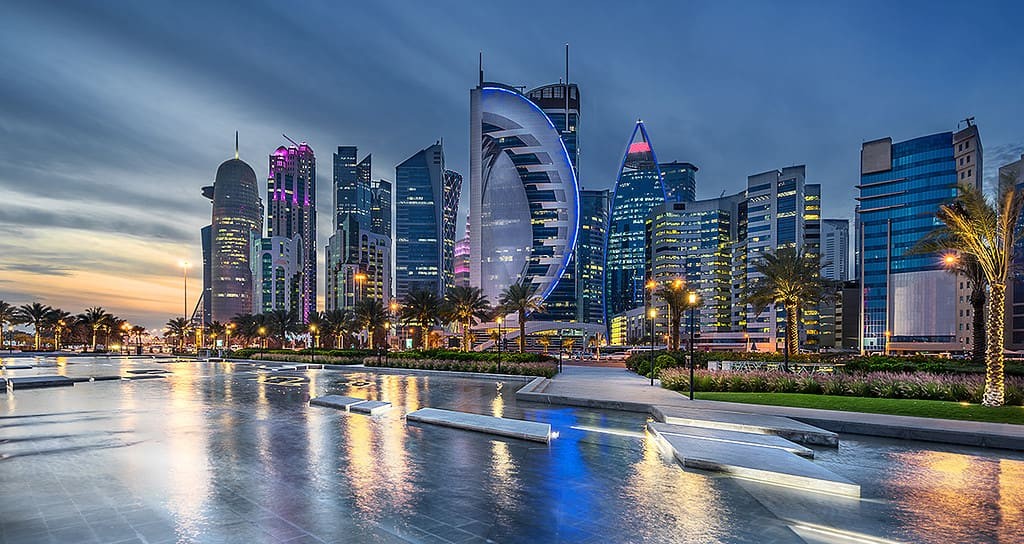
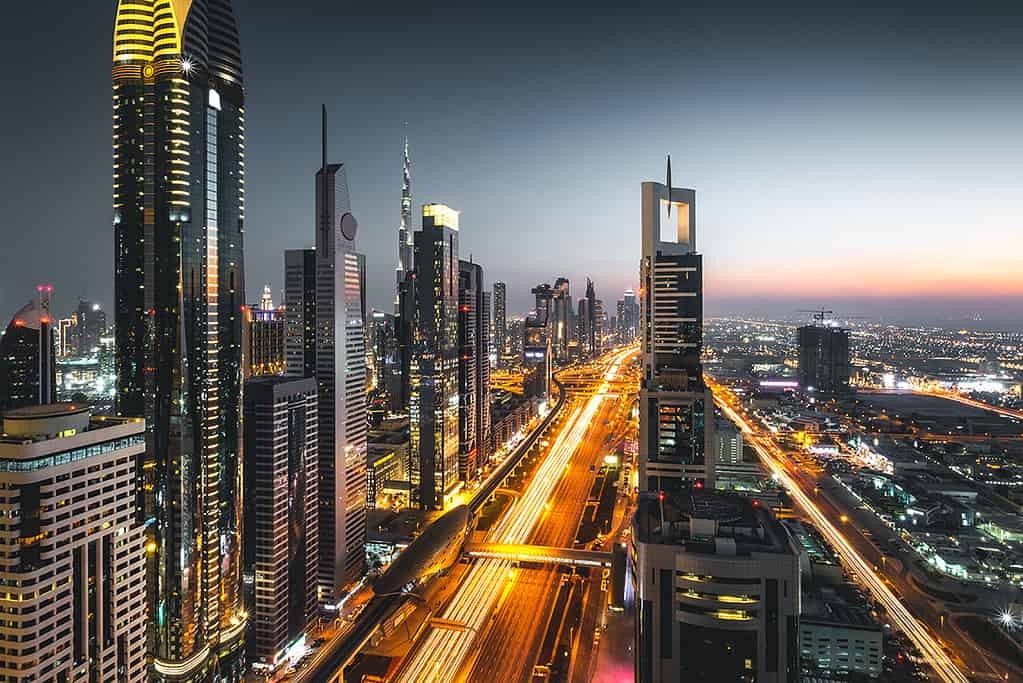
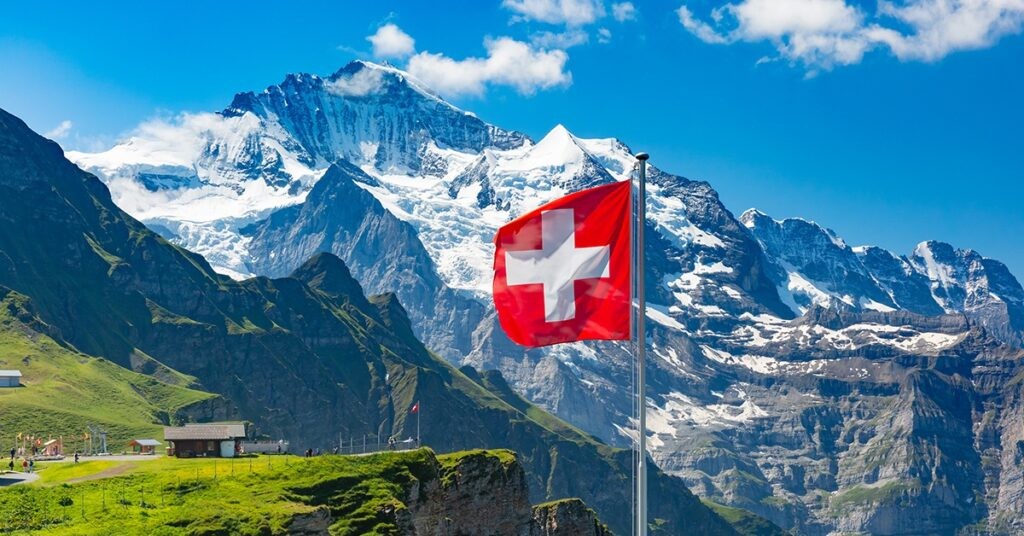
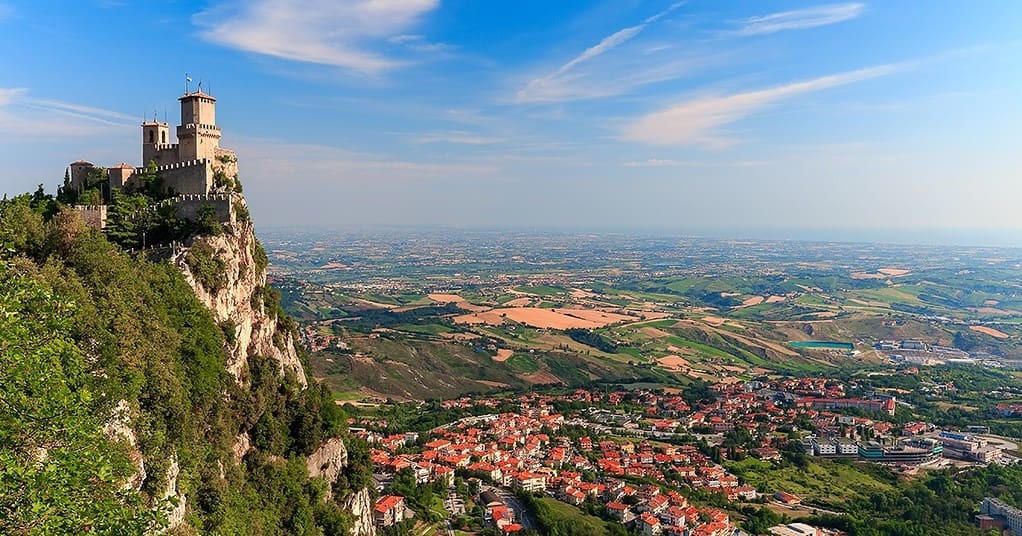

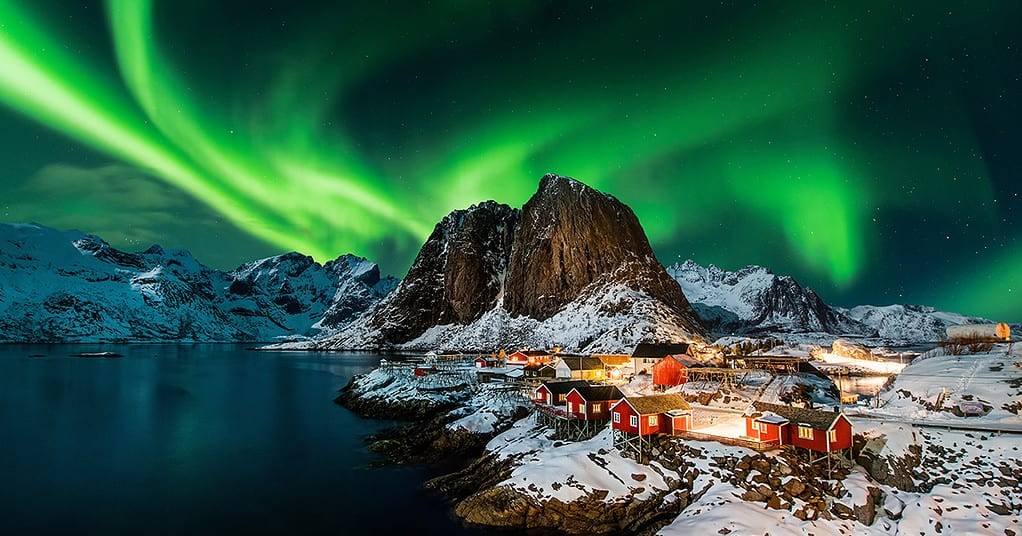
It’s interesting to note that many of these countries are relatively small in terms of land area and population.
3. Factors Contributing to National Wealth
Several factors contribute to a country’s wealth:
- Natural Resources: Countries with abundant natural resources like oil, gas, and minerals often have high GDPs. Examples include Qatar and the United Arab Emirates.
- Financial Sectors: Sophisticated financial sectors and favorable tax regimes attract foreign investment, talent, and large bank deposits, boosting national wealth. Switzerland, Luxembourg, and Singapore are prime examples.
- Strategic Location: Countries located in key trade routes or with access to major markets often benefit from increased economic activity.
- Political Stability: A stable political environment encourages investment and economic growth.
- Education and Innovation: Countries with strong education systems and a focus on innovation are more likely to develop high-value industries and attract skilled workers.
- Diversified Economy: An economy that isn’t overly reliant on a single industry is more resilient to economic shocks.
4. Spotlight on the Richest: Luxembourg
Luxembourg, a small nation in the heart of Europe, consistently ranks as one of the richest countries in the world. Its high GDP-PPP per capita reflects a high standard of living for its citizens.
4.1. Key Drivers of Luxembourg’s Wealth
- Financial Services: Luxembourg has a highly developed financial sector, attracting banks and investment funds from around the globe.
- Tax Benefits: The country offers various tax advantages that attract multinational corporations and wealthy individuals.
- Strategic Location: Situated in the center of Europe, Luxembourg benefits from easy access to major markets.
- Political Stability: Luxembourg has a stable political environment, encouraging investment and economic growth.
4.2. How Luxembourg Uses Its Wealth
Luxembourg uses its wealth to provide its citizens with excellent housing, healthcare, and education. It boasts one of the highest standards of living in the Eurozone.
5. The Rise of Macao SAR
Macao SAR (Special Administrative Region) has experienced rapid economic growth thanks to its gambling industry. Often called the “Las Vegas of Asia,” Macao attracts millions of tourists each year, generating significant revenue.
5.1. Factors Contributing to Macao’s Wealth
- Gambling Industry: Macao is a gambling haven, with numerous casinos attracting high-spending tourists.
- Tourism: Macao’s tourism industry is a major contributor to its economy.
- Proximity to China: Macao benefits from its close proximity to China, a large and growing market.
5.2. Challenges Faced by Macao
- Dependence on Gambling: Macao’s economy is heavily reliant on the gambling industry, making it vulnerable to economic downturns and changes in government policy.
- Pandemic Impact: The COVID-19 pandemic severely impacted Macao’s tourism and gambling industries, leading to economic challenges.
6. Ireland’s Economic Success Story
Ireland has emerged as one of the wealthiest nations, due in part to its low corporate tax rate.
6.1. The Role of Corporate Tax
Ireland’s low corporate tax rate of 12.5% has attracted many multinational corporations, particularly in the technology and pharmaceutical sectors. This influx of foreign investment has boosted Ireland’s GDP.
6.2. Considerations and Challenges
It’s important to consider that much of Ireland’s wealth is concentrated in multinational corporations, rather than evenly distributed among its citizens.
7. Singapore: A Thriving Hub
Singapore is a global financial center and a hub for trade and manufacturing.
7.1. Key Factors in Singapore’s Wealth
- Strategic Location: Singapore’s location at the crossroads of major shipping lanes has made it a key trading hub.
- Strong Financial Sector: Singapore has a well-regulated and sophisticated financial sector, attracting investment from around the world.
- Business-Friendly Environment: Singapore is known for its business-friendly policies and efficient bureaucracy.
7.2. The Impact of Global Economic Shifts
Singapore’s economy is sensitive to global economic shifts, particularly those affecting China, its major trading partner.
8. Qatar’s Hydrocarbon Reserves
Qatar possesses vast reserves of oil and natural gas, which have fueled its economic growth.
8.1. The Influence of Oil and Gas
Qatar’s oil and gas reserves have made it one of the richest countries in the world.
8.2. Diversification Efforts
Qatar is working to diversify its economy beyond hydrocarbons, investing in sectors like tourism, finance, and education.
9. United Arab Emirates: A Diversified Economy
The United Arab Emirates (UAE) has transformed itself from a pearl trading hub into a modern, diversified economy.
9.1. Key Industries in the UAE
- Oil and Gas: The UAE has significant oil and gas reserves, which have been a major source of revenue.
- Tourism: The UAE has invested heavily in tourism infrastructure, attracting millions of visitors each year.
- Trade and Finance: The UAE is a regional hub for trade and finance, with a growing financial sector.
9.2. The Impact of Globalization
The UAE has benefited from globalization, attracting foreign investment and skilled workers from around the world.
10. Switzerland: Banking and Innovation
Switzerland is known for its banking sector, high-value manufacturing, and innovation.
10.1. Strengths of the Swiss Economy
- Banking Sector: Switzerland has a long-established banking sector, known for its stability and discretion.
- High-Value Manufacturing: Switzerland specializes in high-value manufacturing, including pharmaceuticals, precision instruments, and machinery.
- Innovation: Switzerland is a hub for innovation, with strong research institutions and a highly skilled workforce.
10.2. Challenges Facing Switzerland
Switzerland faces challenges related to global competition, currency fluctuations, and regulatory changes.
11. San Marino: A Resilient Republic
San Marino, one of the world’s oldest republics, has shown remarkable resilience in recent years.
11.1. Factors Contributing to San Marino’s Wealth
- Low Taxes: San Marino has low income tax rates, attracting residents and businesses.
- Tourism: Tourism is a significant contributor to San Marino’s economy.
- Manufacturing: San Marino has a strong manufacturing sector.
11.2. Adapting to Global Standards
San Marino is working to harmonize its fiscal laws with those of the European Union.
12. United States: A Global Economic Powerhouse
The United States is a global economic powerhouse, with a large and diverse economy.
12.1. Strengths of the U.S. Economy
- Innovation: The U.S. is a leader in innovation, with strong research institutions and a vibrant entrepreneurial culture.
- Diverse Industries: The U.S. has a diverse range of industries, including technology, finance, manufacturing, and agriculture.
- Large Market: The U.S. has a large domestic market, providing opportunities for businesses to grow.
12.2. The Impact of Economic Policies
U.S. economic policies have a significant impact on the global economy.
13. Norway: Managing Natural Resources
Norway has managed its oil wealth effectively, creating a large sovereign wealth fund.
13.1. The Role of the Sovereign Wealth Fund
Norway’s sovereign wealth fund, the world’s largest, provides a buffer against economic shocks and ensures that future generations benefit from the country’s oil wealth.
13.2. Social Welfare and Equality
Norway has a strong social welfare system and one of the smallest income inequality gaps in the world.
14. The Impact of Global Events
Global events such as the COVID-19 pandemic and the war in Ukraine have had a significant impact on national economies.
14.1. Pandemic-Related Challenges
The pandemic exposed inequalities within countries and disrupted global supply chains.
14.2. Inflation and Energy Prices
The war in Ukraine has led to higher inflation and increased energy prices, impacting living standards.
15. Tax Havens and Global Finance
The role of tax havens in global finance is a complex issue, with some arguing that they facilitate tax evasion and reduce government revenues.
15.1. The Impact of Tax Policies
Tax policies can have a significant impact on a country’s ability to attract investment and generate wealth.
15.2. International Efforts to Combat Tax Evasion
International organizations are working to combat tax evasion and ensure that companies pay a fair share of taxes.
16. Frequently Asked Questions (FAQ)
Here are some frequently asked questions about the richest countries in the world:
| Question | Answer |
|---|---|
| What is GDP-PPP per capita? | GDP-PPP per capita is Gross Domestic Product adjusted for Purchasing Power Parity, divided by the population. It provides a more accurate measure of living standards than GDP alone. |
| Why are many of the richest countries small? | Small countries can accumulate wealth due to factors like natural resources, strategic location, favorable tax regimes, and specialized industries. These factors can lead to high GDP per capita figures. |
| What are the main drivers of wealth in Luxembourg? | Luxembourg’s wealth is driven by its financial sector, favorable tax policies, strategic location in Europe, and political stability. |
| How has the COVID-19 pandemic affected the richest countries? | The pandemic disrupted economies globally, exposing inequalities and impacting industries like tourism. However, many wealthy nations had resources to mitigate the worst effects. |
| What role do natural resources play in a country’s wealth? | Countries with abundant natural resources, such as oil and gas, often have high GDPs. However, managing these resources sustainably and diversifying the economy is crucial for long-term prosperity. |
| How do tax havens impact global wealth distribution? | Tax havens can attract foreign investment and boost GDP, but they can also facilitate tax evasion, potentially reducing government revenues in other countries. |
| What is the significance of a sovereign wealth fund? | A sovereign wealth fund is a state-owned investment fund that can provide a buffer against economic shocks and ensure that future generations benefit from a country’s wealth. |
| How does income inequality affect the perception of wealth in a country? | High GDP per capita or PPP figures may not accurately reflect the experiences of ordinary citizens if income is unevenly distributed. |
| What are the long-term strategies for sustaining wealth in resource-rich nations? | Diversifying the economy, investing in education and innovation, promoting sustainable development, and ensuring good governance are essential for sustaining wealth in resource-rich countries. |
| How do political stability and governance contribute to a country’s wealth? | Political stability and good governance create a favorable environment for investment, economic growth, and sustainable development. |
17. Conclusion: A Multifaceted Picture of Wealth
Determining the richest country in the world is a complex exercise, involving various economic indicators and considerations. While Luxembourg currently leads in GDP-PPP per capita, other nations like Macao, Ireland, Singapore, and Qatar also exhibit remarkable prosperity. Understanding the factors that contribute to national wealth, as well as the challenges these countries face, provides a multifaceted picture of global affluence.
Have more questions about global economics or any other topic? Visit WHAT.EDU.VN, where you can ask any question and receive free answers from our community of experts. Don’t hesitate to reach out and expand your knowledge today!
WHAT.EDU.VN – Your Free Question & Answer Resource
Address: 888 Question City Plaza, Seattle, WA 98101, United States
Whatsapp: +1 (206) 555-7890
Website: WHAT.EDU.VN
Ready to explore more and satisfy your curiosity? Ask your question now on what.edu.vn and get the answers you need!